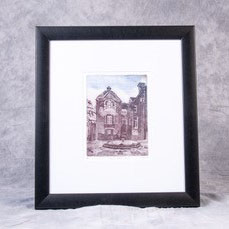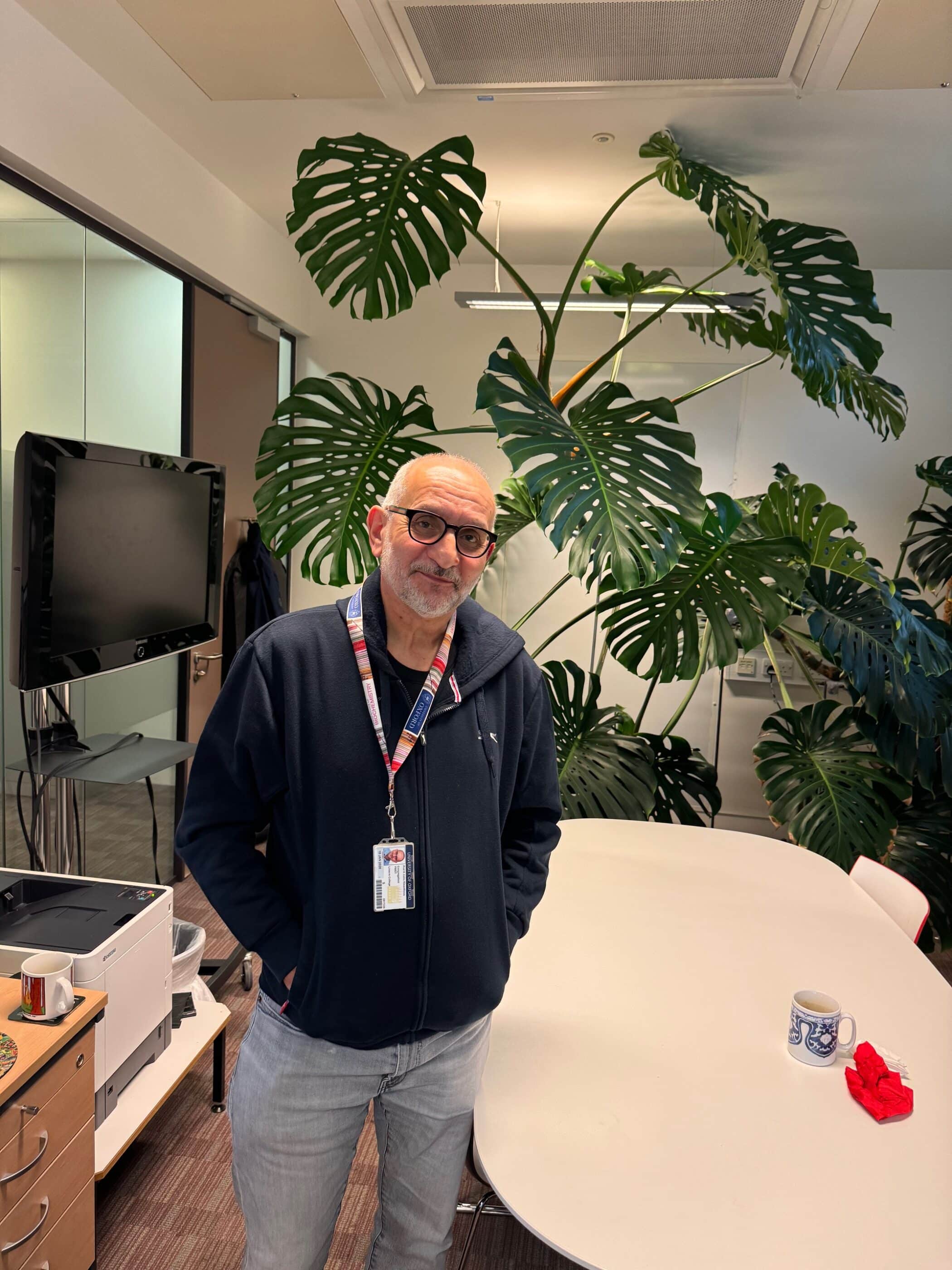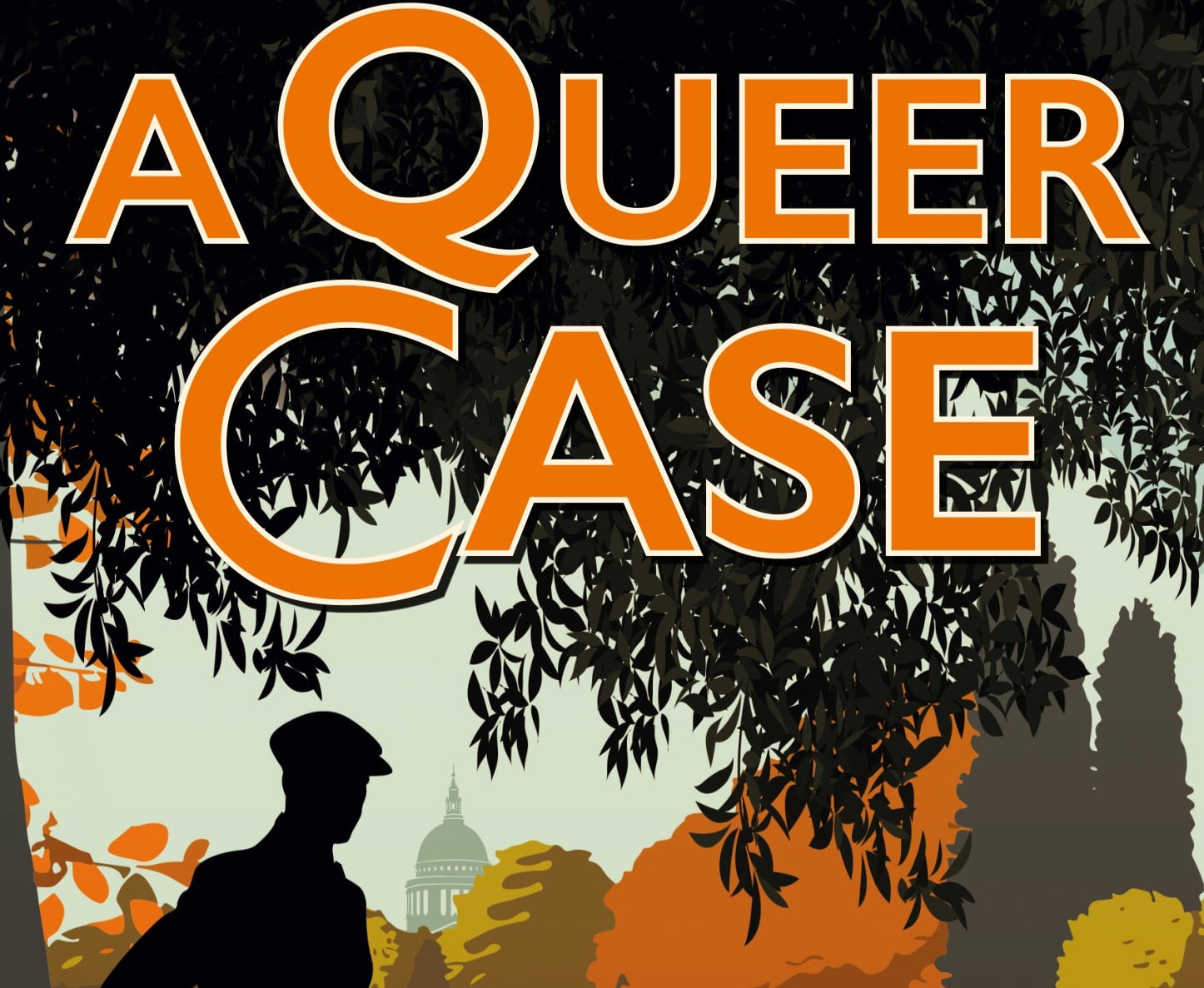Etching is a form of print-making that originated in the workshops of medieval armour makers. The desire to make increasingly elaborate designs on metal led first to engraving and then to etching. The act of engraving involves physical incision making into the metal. In etching, incisions are made through a selective acid attack on metal that has been exposed by the artist drawing onto a resist. Both methods continue to be used in printmaking processes today and are known as intaglio techniques, where indents and incisions are made into a metal plate, which then holds printing ink.
The earliest engraved prints date from approximately 1445, by a German armourer, Hopfer (c.1470-1536). The first known, signed and dated etchings were produced by Urs Graf in Switzerland in 1548. The advantage of etchings lay in the intricacy and finesse of the lines that could be achieved. The process of engraving meant pushing into the metal, which raised burrs on either side of the line. Burrs hold the ink, creating bolder lines, but cannot reproduce the range and delicacy of line achieved by etching copper. Instead, etching with acid meant no burr and many great artists found that they could reproduce drawings which captured a sense of fluidity and subtlety. You can still visit Rembrandt’s etching studio in the Rembrandt Huis in Amsterdam, which is recognisable to any modern-day etcher. Although steel and zinc can be used for etching plates, Rembrandt specialised in copper, because the greatest subtlety and range of mark-making can be achieved with this softer metal. Eighty-two of his copper plates can still be seen studied in museums, galleries and private collections.
Copper, however, has a limit to the number of prints that can be taken from each plate, because of its characteristic softness. Etchings are traditionally numbered and signed, to ensure that no prints are taken beyond the endurance of the image on the metal. When numbered, they become part of a Limited Edition. The print making process is lengthy. The traditional paper is first soaked, then blotted. The plate itself is warmed, ink is applied then all removed, then placed on a press. The paper is placed on top of the plate, pulled through the press, and then dries for 3-5 days. No two prints will be the same, especially if the artist is blending colours on the plate.
I am an alumna of Linacre, where I did my MSc in Learning and Teaching. I matriculated in 2017 and am currently doing a PhD at UCL. I trained as an etcher at Homerton College, Cambridge and then later at the Slade Summer Schools. During my time at Linacre I spent many hours drawing. I have a studio in my home in Kent, and am a member of the Printmakers’ Council.
During the first lockdown I enjoyed making a plate of Linacre. For me, the contrast between the beautiful ‘special blend’ brick and the lace-like foliage of the sentinel trees are memory-laden. Because this has been done on copper, there can only ever be 95 original prints, each numbered and signed in a limited edition. They are £120 each (free P&P in the UK, elsewhere a small charge will be made to cover postage) and are mounted on heritage mount board in a setting of 33cm x 38 cm, not framed. All profits will be donated to the Linacre Hardship Fund. They are made with light-fast Gutenberg printing inks on light-fast Somerset paper, 250g, in other words they are built to last. If you would like one please email me at kerrydonati@ymail.com, or DM me on Instagram @thelittleetchingstudio.
Kerry Donati (2017)


















